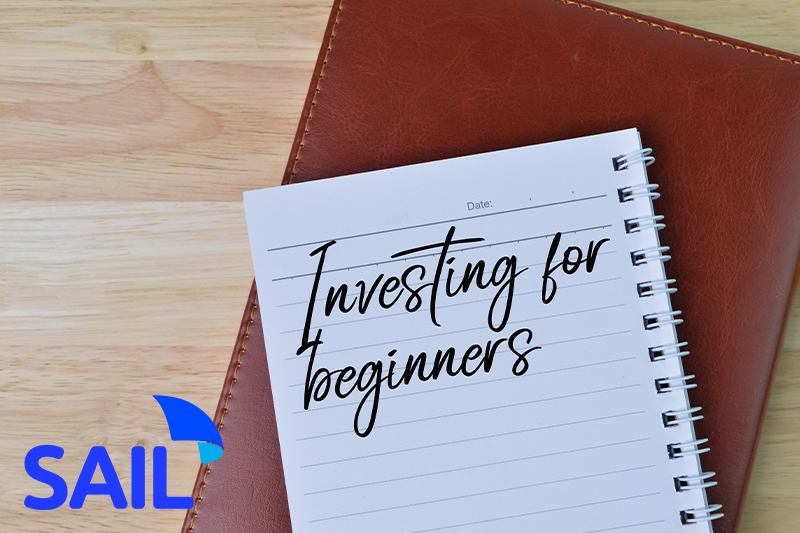
Investing for Beginners
If you’re new to investing, here’s what you need to know to get started, including the best investments for beginners.
Select an Investment Account Geared Towards Your Needs
Make the most of your money by selecting an investment account with low trading fees and a low minimum balance requirement. High trading fees will eat away at your investment profits and decrease your overall returns.
Be Consistent with Your Investment Contributions
An account with a low balance requirement gives you the flexibility to meet your other financial obligations. When investing, it’s normal to feel like your money won’t grow unless you contribute thousands of dollars, but this isn’t the case.
Assume you invest $100 each month and earn an average return of 8 percent. After five years, your monthly $80 investment will give you $7,341.40.
Now, imagine that you make your $100 contribution for 35 years, with the same 8 percent average return. You’ll have $215,635.29, even though you’ve only contributed $42,000.
The longer you let your money grow, the more you’ll earn in interest. Eventually, you’ll earn interest on your interest, increasing the growth of your investments.
Diversify Your Investments
To mitigate your risk, it’s best to invest in various stocks. While you can accomplish this yourself, an easier way is to purchase shares of a mutual fund or ETF (exchange-traded fund).
Both mutual funds and ETFs invest in various funds to create a diversified portfolio and are usually the best stocks for beginners with little money.
A mutual fund is actively managed, while ETFs are more passive investments. Mutual funds tend to have higher fees than ETFs since they require more labor to manage.
Make Sure Your Investments Fit Your Goals
As you learn more about the basics of investing, you’ll notice that some types of investments are considered riskier options, even across the same “type” of investment.
For example, investing in a large, established company is less risky than investing in a small start-up company.
Purchasing government bonds or corporate bonds is a lower risk than buying bonds from companies with a poor credit rating willing to pay a higher interest rate.
You’ll want to confirm that your investments meet your financial goals, including your timeline for your money and acceptable risk level.
If you need your money in five years and don’t want to lose a dime, you’ll want a lower-risk investment than if you need your money in twenty years and are okay with market fluctuations.
How SAIL Loans Can Help You Get Started Investing
Ready to start investing but worried that an unexpected expense would pop up and you’ll be left struggling for cash? SAIL Loans has a Savings and Installment Loan product that provides you with additional money while helping you set money aside to start investing.
As you repay your loan, you build your savings. When your loan is paid off, your savings are yours to do as you please. Our application is fast and easy, and you’ll receive the loan proceeds directly in your bank account.
Visit us online to start your application!

